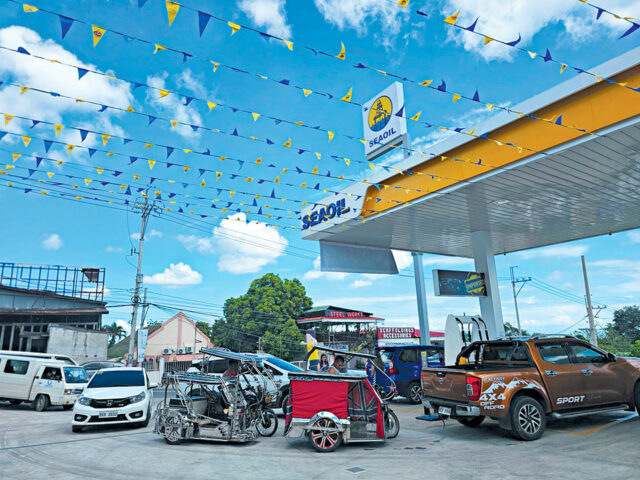Of lockdowns and liquor taxes
A few years back, Justin M., (not his real name), made quick and easy money, thanks to a liquor ban and a COVID-19 lockdown that took effect at the same time.
While everyone else was ordered to stay inside their homes, Justin was lucky enough to be able to go out freely, unencumbered by mobility restrictions. This was because he worked as a personal driver of someone who was allowed to travel practically anywhere in the country. (During their trips, both followed safety protocols and underwent testing regularly.)
Owing to this privilege, Justin was able to visit Makati and Taguig, two cities in Metro Manila that didn’t impose liquor bans at all during the lockdowns.
Sensing an economic opportunity, Justin bought a case of gin where it was freely sold and promptly unloaded it at twice the regular price where it was banned. It was bought by a store proprietor in Quezon City who was able to sell it at three times the standard retail price, all under the table of course. And just like his eager and thirsty customers, the proprietor couldn’t wait long enough for the next round. With a wink and a secret handshake, proprietor and personal driver sealed a deal.
In the next few weeks, as Justin drove his employer around, he repeated the same routine — he bought liquor in Makati and Taguig and sold and delivered it at the agreed-upon, exorbitantly marked-up price to his favorite retailer in Quezon City. Justin then scaled his operations up until he became big enough to buy and sell bicycles, which also became popular during the pandemic. Currently, he’s into motorcycles (or so we heard).
But strangely enough, even after managing to make a quick buck during the pandemic, Justin has decided to keep his day job (he’s still driving) in the same way that garden-variety tipplers have continued to wet their whistles, before, during, and after liquor bans, lockdown or no. (In short, they’re still drinking, present company included.)
Recent government data bear this out.
Almost 60% of adults 20 to 59 years old have been reported to indulge in binge-drinking, a figure that practically stayed the same from 2019 to 2021.
Based on this same National Nutrition Survey, the same set of adults surveyed said that they had consumed alcohol in the past 30 days.
These results are complemented by alcohol volume removals, which are used as substitutes to measure alcohol consumption.
In 2019, based on Bureau of Internal Revenue (BIR) data, volume removals for distilled spirits were at around 2 million liters for fermented liquor and around 500,000 proof liters for distilled spirits. It fell a bit in 2020 — owing to the artificial shortage resulting from the liquor ban — but it rose to pre-pandemic levels soon enough, based on data in 2021 and 2022.
Drinking among Filipinos, it seems, dies hard. Whether habit, pastime, tradition, ritual, status symbol, or even coping mechanism, Filipinos will still take to drinking like fish to water.
However, alcohol may soon be the new tobacco.
Recent medical research has shown that no amounts of alcohol consumption are safe or healthy, despite previous findings to the contrary.
Based on a March 2023 study published in the Journal of the American Medical Association, “a daily low or moderate alcohol intake was not significantly associated with all-cause mortality risk while increased rate was evident at higher consumption levels, starting at lower levels for women than men.”
Simply put, instead of adding richness, flavor, texture, and even meaning to life, alcohol subtracts from it — at least biologically and physiologically.
If Filipinos continue to drink as they do — some with more enthusiasm than others — they will likely incur increased chances of dying sooner than later. Meanwhile, those lucky enough to manage to prolong their lives (and savor that last drink for the road) will also find themselves at a higher risk of contracting illnesses related to alcohol consumption.
These harsh yet likely medical outcomes are enough to drive anyone to drink (no fun intended).
So, what is to be done (save for launching a compelling nationwide membership campaign on behalf of Alcoholics Anonymous)?
Government should consider raising taxes further on alcoholic products. Doing so will help curb consumption, prevent disease, and even strengthen the Philippines’ healthcare system, which benefit from those increased taxes.
Robert Ja Basilio, Jr. likes to drink moderately, especially when in Quezon City, where he happens to live. And he is willing to pay higher alcohol taxes even for moderate drinking.

















